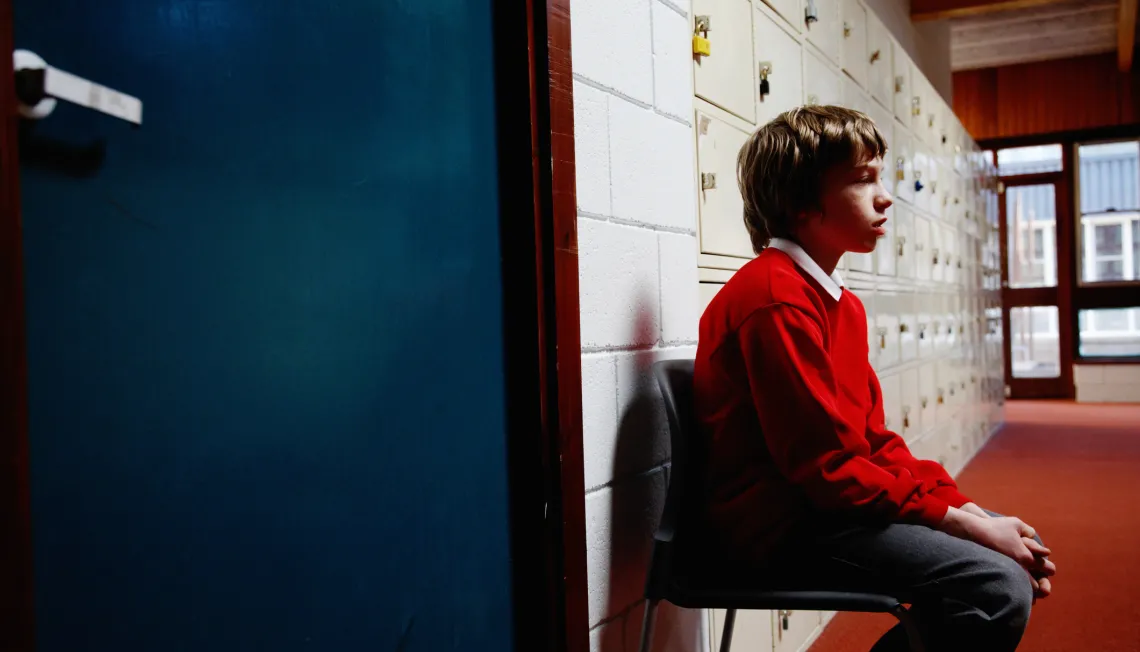Francesca Fadda-Archibald – Practice Development Manager Young Hackney Early Help & Prevention – writes about their Triage scheme
Introduction
Hackney’s Prevention & Diversion (P&D) team is located within Early Help & Prevention Services, enabling us to offer young people diversionary interventions distinctly from a statutory context. The service aims to: swiftly establish a trusted and open relationship with young people and their families; explore their views on restorative justice and the possibility of repairing harm if there was an identified victim; understand their lived experiences and factors supporting or impeding desistance; to tailor an intervention plan responsive to their needs and interests; and ensure a careful exit strategy and follow-on support as needed is in place. In parallel, we also ensure all victims are contacted, their views are incorporated into the intervention and, whenever possible, deliver a direct or indirect restorative intervention.
Triage process
A young person becomes involved with P&D if they have been arrested for a low-level criminal offence and they have admitted responsibility for this offence. Following arrest, a police officer creates a file and the file is referred to the YOT police. The young person is then referred to P&D for a swift assessment to identify their risks and needs and gather their views on engagement with an out-of-court intervention.
A Joint Decision-Making (JDM) Panel Meeting is held weekly. Membership includes: P&D Team Leader; Restorative Justice & Victim Worker; YOT Police Officer or Sergeant; Speech, Language & Communication Specialist; and P&D assessor. If the young person is receiving support from any other agency, they will be invited to attend if appropriate. The panel can divert the Out of Court work to the professionals already involved with the young person if deemed appropriate to best address the desistance needs identified.
From the assessment, the Panel can hear the views of the young person and the parent(s)/ carer(s), and also the risks and needs of the victim. Young people who have previously participated may be considered a second or additional times depending on the nature of the offence, period of desistance, previous level of engagement and/or personal circumstances. A decision is then made that is bespoke to the young person. Where possible the panel will consider a Triage intervention (however, for more serious cases, a longer intervention through a Youth Caution or Youth Conditional Caution will be given). A suitable plan is then agreed at Panel, and discussed and agreed at the initial meeting with the young person and family/ carer, their P&D worker and the YOT police.
There is no set time period for Triage interventions, however they are usually short (four to six weeks). If there are any further specific needs identified that require additional support, P&D will continue to support the young person until it is deemed appropriate to divert or refer to Young Hackney Early Help for targeted support, or link them into a range of universal opportunities.
Upon completion of the Triage intervention, P&D reports back to the YOT police on the young person’s success. Successful completion of Triage interventions results in a young person not having a criminal record on the Police National Computer (PNC). However, in limited circumstances it may be disclosed on an enhanced DBS at the discretion of the chief officer of the relevant police force. Consequently, we are currently reviewing and developing flowcharts, in consultation with our speech and language therapist colleagues, to ensure that young people and their families understand the implications of this and how to approach disclosures in future.
Outcomes and challenges
From 2017/18 data, 86% of children that received Triage had not become a First Time Entrant (FTE) in the 12 months after the Triage was issued. This success is partly a result of the strong partnership between Police and the Youth Offending Service, including effective joint decision making, which keeps children and young people diverted from the system. Furthermore, practitioners use innovative techniques for intervention and relationship building to ensure the individual needs of young people are addressed. Feedback from the young people has been very positive, for example: “I definitely feel like I’ve turned a corner. I made a mistake and wanted to make amends and I genuinely feel like I have done this.”; “It made me see the bigger picture in a lot of things, it helped me understand more. Working with [P&D Worker], she understands things and helped me work around them.” Feedback from victims also shows high levels of victim satisfaction, for example: “I felt well cared for throughout the process and it was calm and well managed.”
However, some challenges remain, including: ensuring assessments are completed within short timescales and proportionate and effective interventions are delivered; ensuring disproportionality is challenged, while accounting for individual circumstances; and dealing with faltering engagement effectively.
Case study - written by a young person
Handwritten statement by a 14-year-old Black British girl, K, who was given a Youth Caution for Racially/religiously Aggravated Intentional Causing Harassment/Alarm/Distress:
“Since attending my sessions with (Worker) I feel much better. I felt as I had someone to talk to and felt that if I was in any trouble or danger I could contact her. I enjoyed these sessions very much and has taught me how to avoid being in certain situations. When I first got arrested I was annoyed and didn't want to change my attitude. Then found out I was coming here to these sessions and I thought it was a waste of time and there was no point. On my first session, I surprisingly enjoyed. I got to explain my side of the story and how I felt without someone saying they were disgusted.
After finishing my sessions with (Worker) I feel that I have stayed out of trouble and worked on being a better me.
So to conclude these sessions were very useful and I really enjoyed all because of Worker.”
This case-study was compiled in 2020
